We recently discovered another bird refuge nearby, the Great Salt Lake Shorelands Preserve. We were completely shocked that we hadn’t heard about this one! So one Saturday evening, we packed up to watch the sunset there.


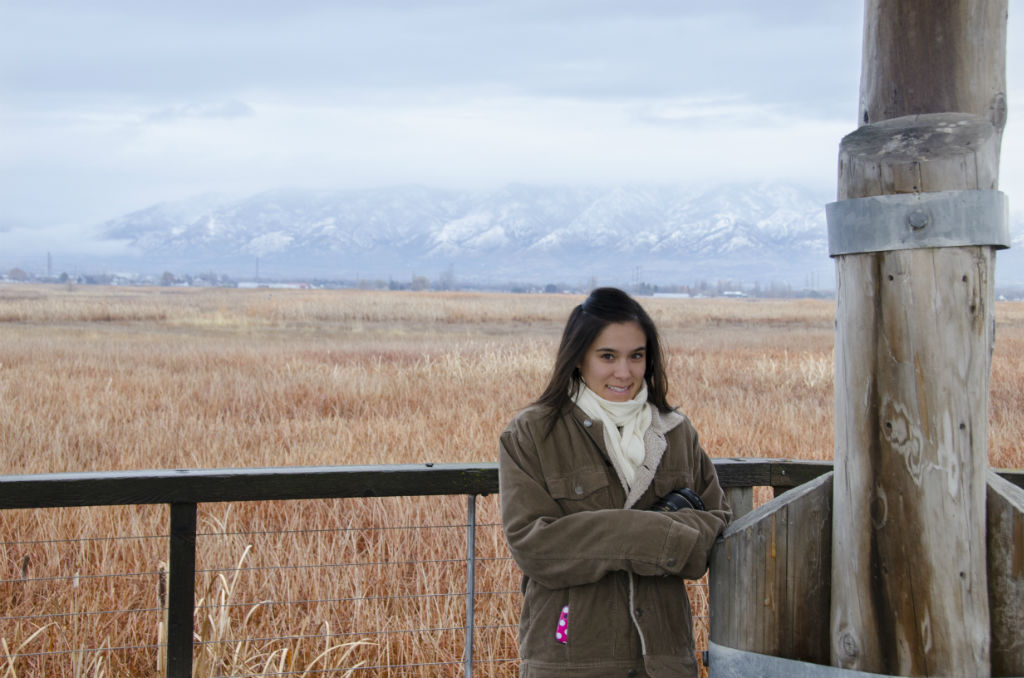

 It was fairly cold, even though the pictures don’t look like the middle of winter in Utah. The scenery was absolutely stunning. Over the past few weeks our hikes and winter venturing have made me incredibly fond of the yellow hues against a blueish/gray sky. There was a boardwalk that led all around the preserve, I believe it was a mile roundtrip. There was a ‘visitor’s center’ (the first structure pictured above) with some pamphlets about the area and the local and migrating wildlife that can be found there. There was also a 30-ft observation tower that looked like it came straight out of a Robin Hood tale.
It was fairly cold, even though the pictures don’t look like the middle of winter in Utah. The scenery was absolutely stunning. Over the past few weeks our hikes and winter venturing have made me incredibly fond of the yellow hues against a blueish/gray sky. There was a boardwalk that led all around the preserve, I believe it was a mile roundtrip. There was a ‘visitor’s center’ (the first structure pictured above) with some pamphlets about the area and the local and migrating wildlife that can be found there. There was also a 30-ft observation tower that looked like it came straight out of a Robin Hood tale. 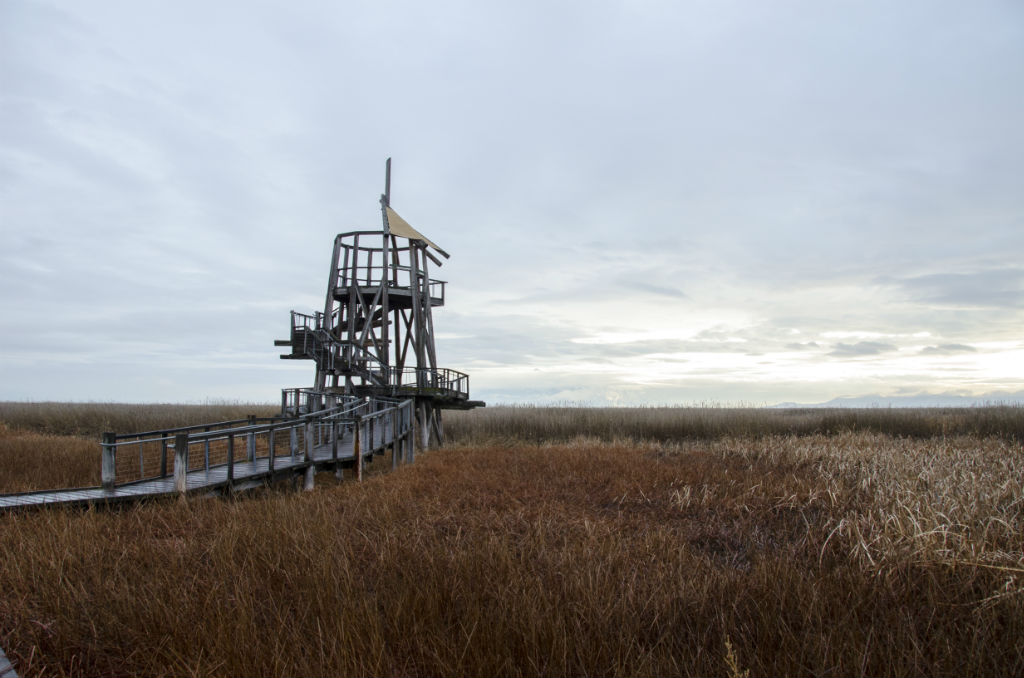

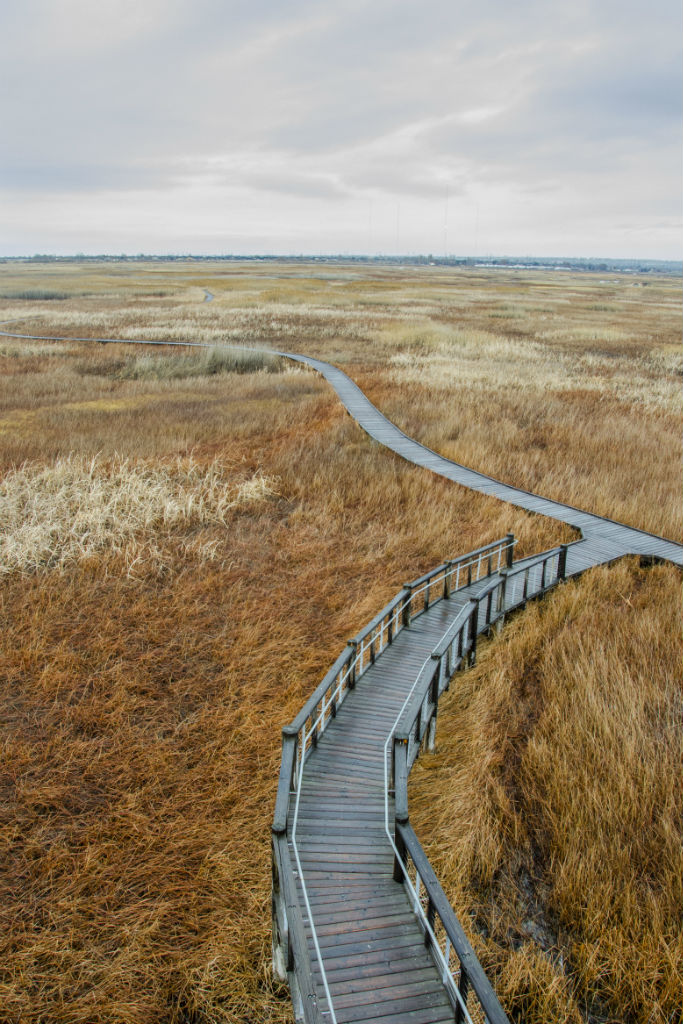

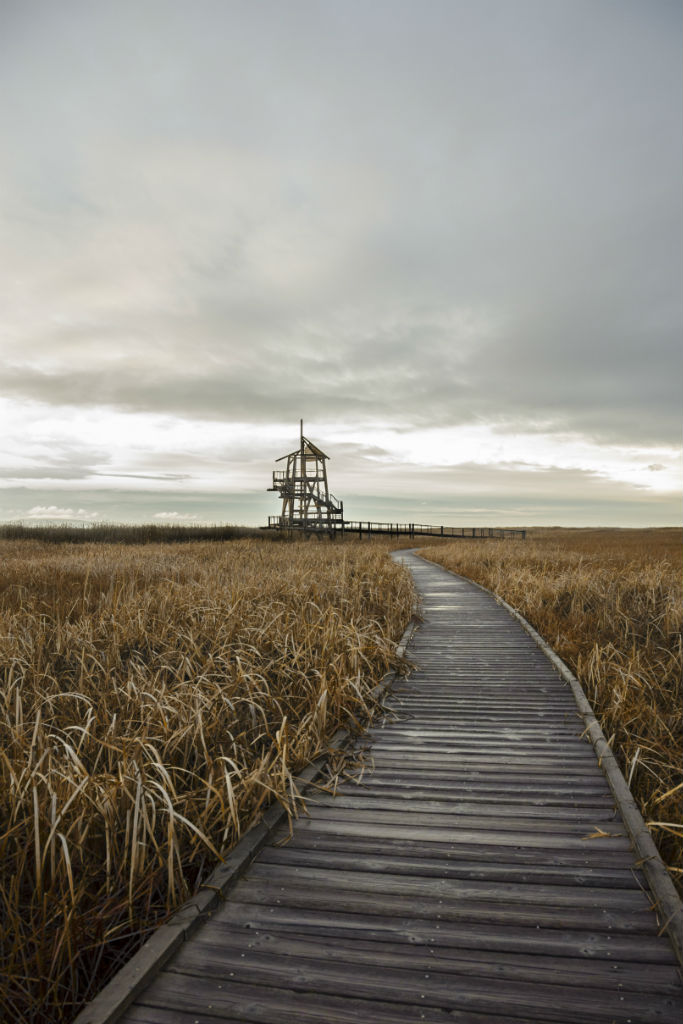 While the Wild Rose Trail offered us views of the valley from a mountain’s point of view, this observation tower gave us the most incredible views of the Wasatch Front valley that I’ve ever seen. It helped that it was a beautiful rainy day. At the top of the tower were some plaques with beautifully written words:
While the Wild Rose Trail offered us views of the valley from a mountain’s point of view, this observation tower gave us the most incredible views of the Wasatch Front valley that I’ve ever seen. It helped that it was a beautiful rainy day. At the top of the tower were some plaques with beautifully written words:
As marsh, mud, and water reach over to the distant mountain slopes,
a mosaic of patterns emerges.
To the experienced eye, these patterns represent habitats– Each habitat supports different bird species.
With the passage of time and seasons, these areas shift and move, and the birds follow.
What you see here today, will be different tomorrow.
Within the mosaic of habitats, another pattern is emerging–
housing developments, roads, and industry are moving into the uplands surrounding the Great Salt Lake.
Critical bird habitats are diminishing.
Some areas will be forever altered– for the birds and for us.
How will we contribute to the pattern of life at the Great Salt Lake?
Just like the birds, you are part of the patterns that make up this place.
“What you are doing is exploring. You are undertaking the first experience,
not of the place, but of yourself in that place… nobody can discover the world for anybody else.
It is only after we have discovered it for ourselves that it becomes a common ground and a common bond, and we cease to be alone.”
-Wendell Berry, The Unforeseen Wilderness: And Essay on Kentucky’s Red River Gorge, 1971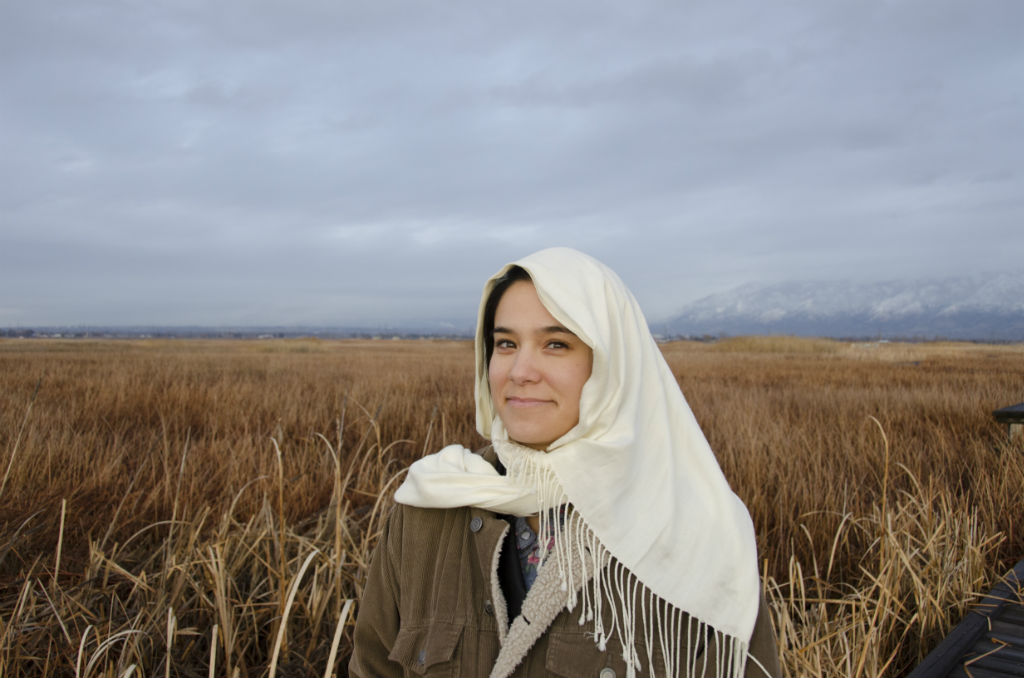


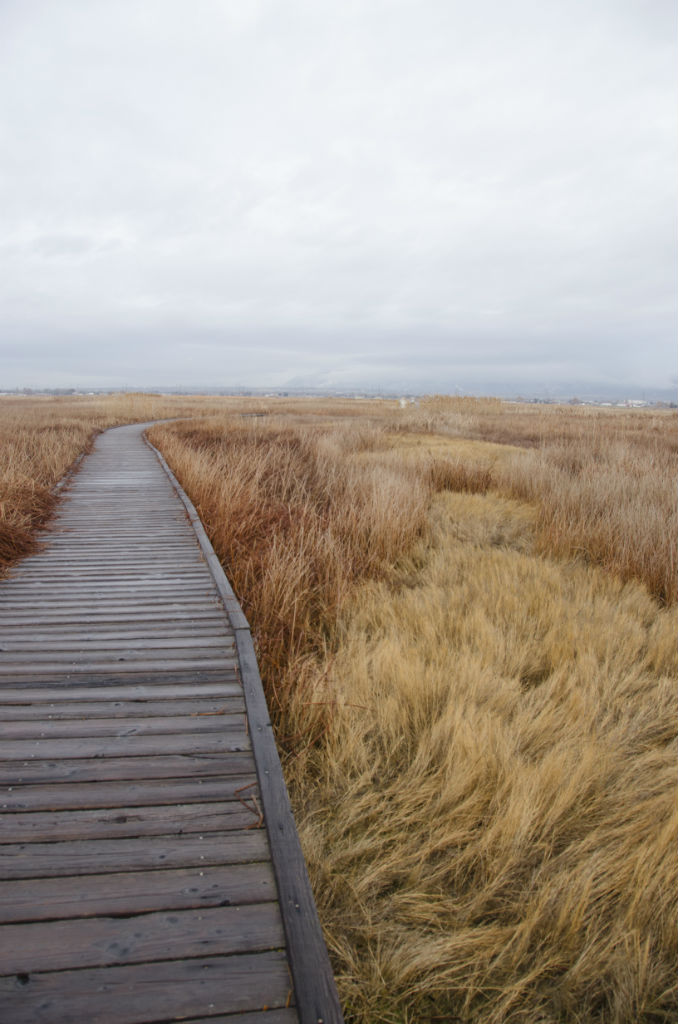


There wasn’t a lot of bird life besides some red-winged blackbirds, which are quickly becoming some of my favorite native Utah birds. Their calls are so recognizable, and their contrasting colors of black and red really stand out in the marshy world they live in.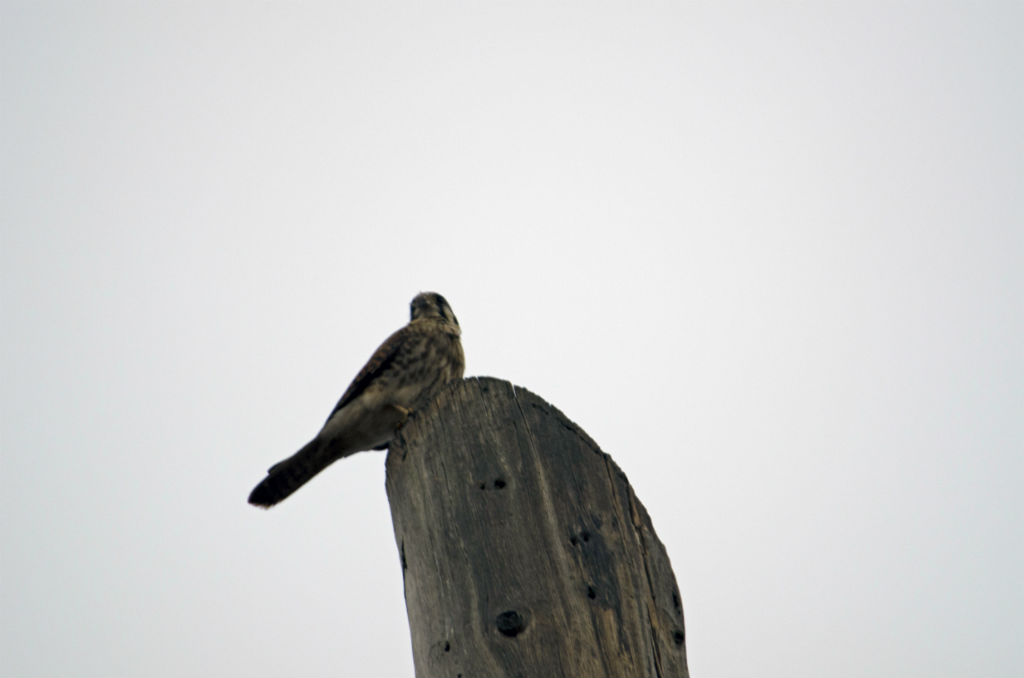
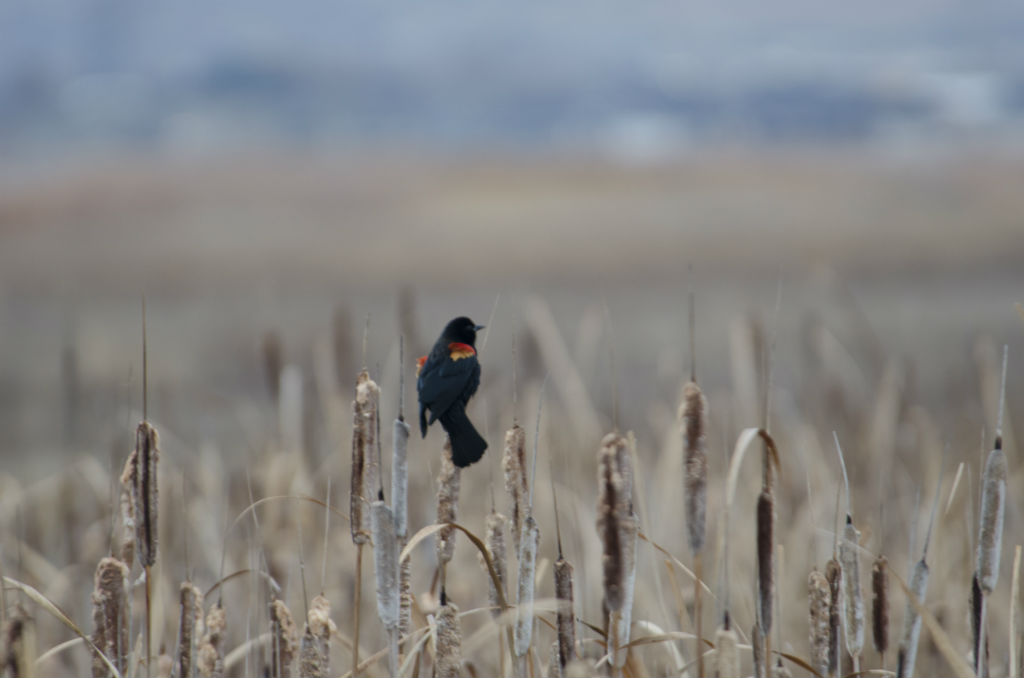
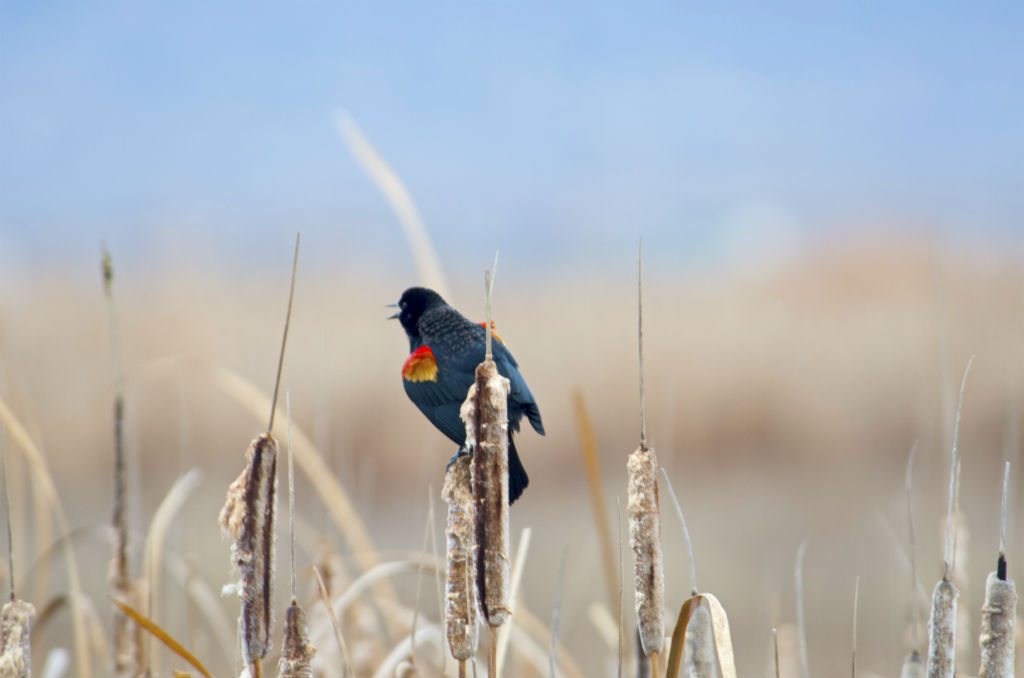
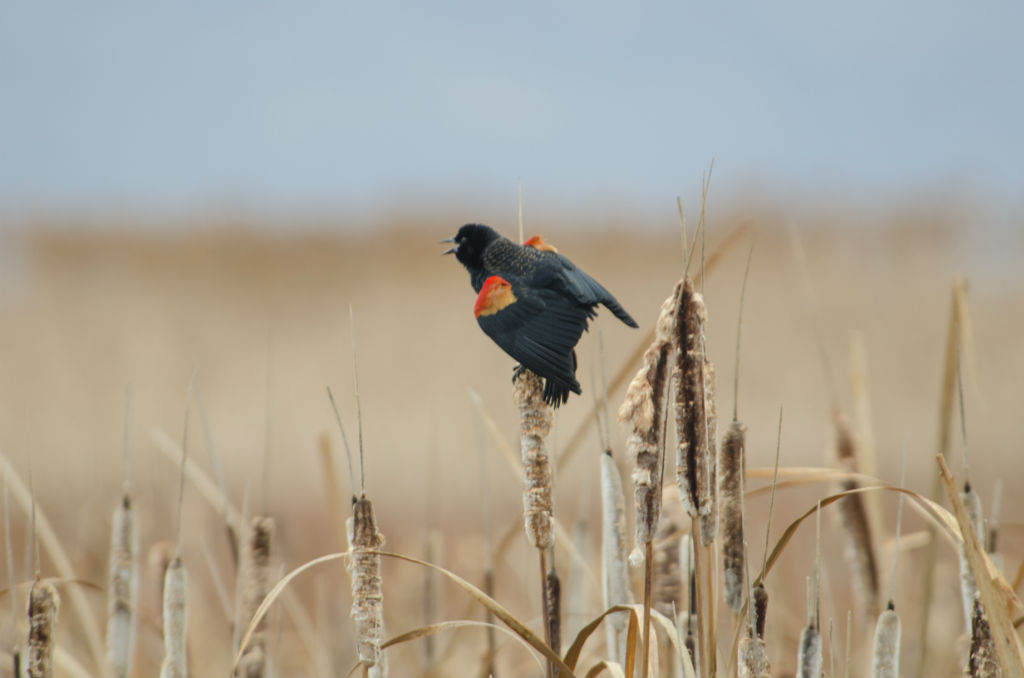 This peaceful place will definitely be one we return to often.
This peaceful place will definitely be one we return to often.



